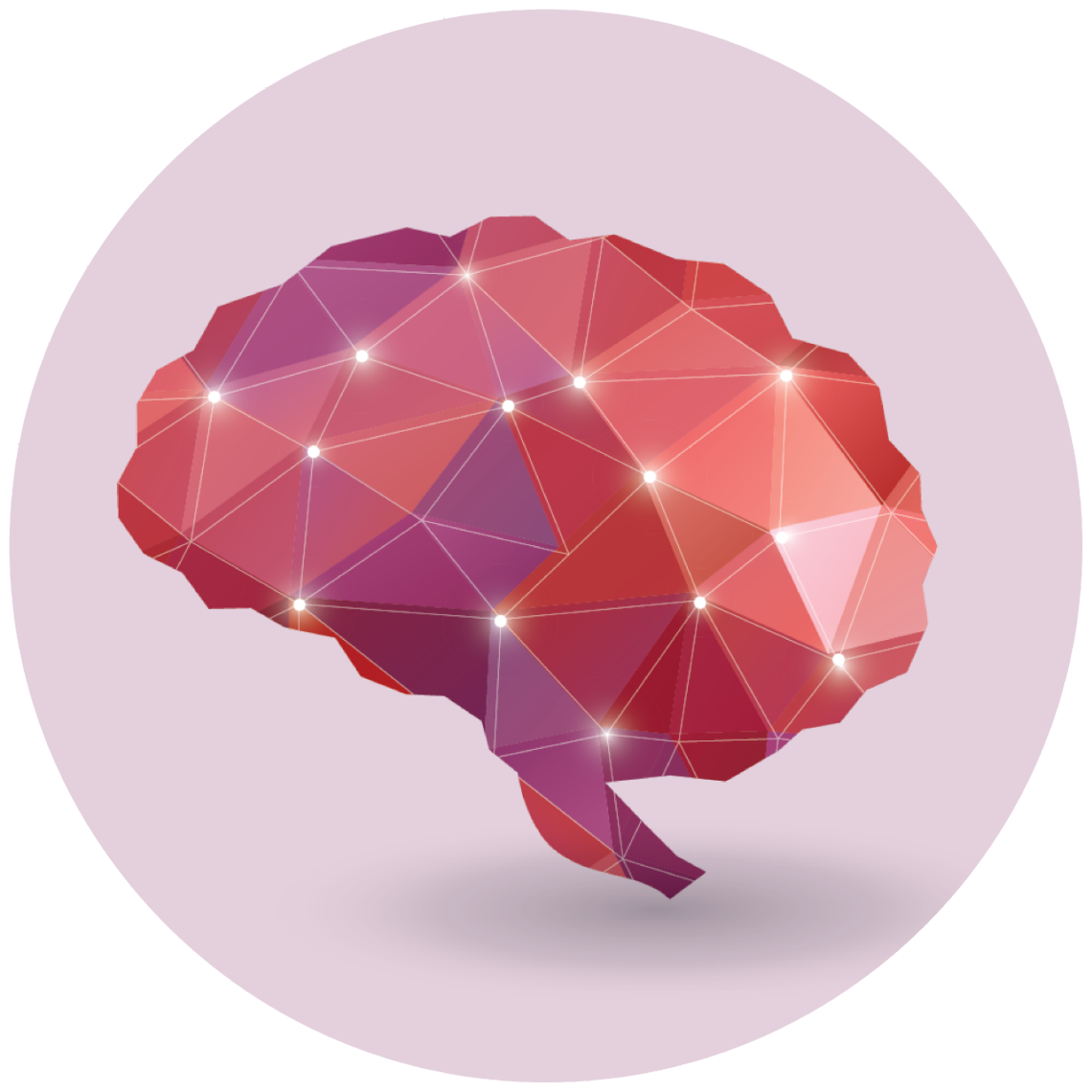AARP Hearing Center


Have you ever shot out of bed at dawn, your mind instantly racing, only to realize that it’s the weekend and you can sleep in? Anxiety can be like that: a false alarm that tricks your mind and body into believing there’s an emergency when there isn’t one, says Debra Kissen, Chicago-based clinical psychologist and coauthor of Break Free From Intrusive Thoughts: An Evidence-Based Guide for Managing Fear and Finding Peace.
Ordinary anxiety or worry protects us from a range of real hazards, says psychiatrist Ramaswamy Viswanathan, M.D., president-elect of the American Psychiatric Association. It’s why we look both ways when we cross the street or remember to pay the mortgage on time.
But sometimes anxiety brings on fear out of proportion with the actual threat. Such anxiety not only takes over your brain but can also be felt in the body, with symptoms such as a pounding heart, stomach in knots and sweating.
So how should you react when a wave of anxiety washes over you for less-than-compelling reasons? Face it directly rather than turning away from it, Kissen says. That is one of the principles of cognitive behavioral therapy, or CBT, says Kissen, who specializes in this approach. Working with a therapist trained in CBT — the gold standard for anxiety treatment — can be incredibly helpful if you’re experiencing ongoing or severe anxiety.
It’s also a good idea to have a few tools to pull out when you’re in an anxious state. “I believe a lot in self-help,” says Viswanathan. Part of what therapists do, in fact, is “teach people self-help techniques,” he says. The next time you’re feeling anxious, you can experiment with these steps, drawn from CBT as well as mindfulness practices and relaxation techniques — all of which have been shown to help ease anxiety.
1. Lean in
Rather than ignoring the anxiety or trying to make it stop, “you have to face the anxiety and then stay with the anxiety,” Viswanathan says. This allows for healthy coping mechanisms to kick in.
AARP Brain Health Resource Center
Find in-depth journalism and explainers on diseases of the brain — dementia, stroke, Parkinson’s disease, mental-health topics. Learn about healthy habits that support memory and mental skills.
Turn toward the discomfort. “Acknowledge what is happening. ‘This is me feeling anxious,’ ” Kissen says. Close your eyes and pay attention to what is happening in your body: Starting at your feet and slowly moving upward, notice any sensations you’re experiencing, from muscle tension to tingling or numbness to rapid breathing. Next, do the same thing with your mind: What are your thoughts telling you? Are they coming fast and furious, or are you having one persistent thought? Examining your experience instead of avoiding it “sends a signal to your brain that says, ‘I can handle this,’” Kissen says.
2. Check the facts
“Anxiety is a fear response,” Kissen says, about a future event — something terrible that you’ve convinced yourself is looming. “You have to examine your perceptions … then ask how likely is it to happen?” says Viswanathan. Give your thoughts and feelings a reality check: What are you afraid will happen? Is there an actual danger right now? If the answer is no, reassure yourself that what you’re experiencing is a false alarm. It’s OK if you don’t believe it yet; you’re practicing more rational, flexible thinking. Other helpful questions to ask yourself: Can I be sure [insert fear here] will happen? Are my thoughts helping me?




































































More From AARP
This Is What a Panic Attack Feels Like
Six middle-aged and older adults describe their symptoms — and how they’ve learned to cope
Your Smartphone and Sleep
Learn about how quality sleep may support your brain health at AARP® Staying Sharp®
Anxiety vs. Depression: How to Tell the Difference
The two mood disorders often occur togetherRecommended for You